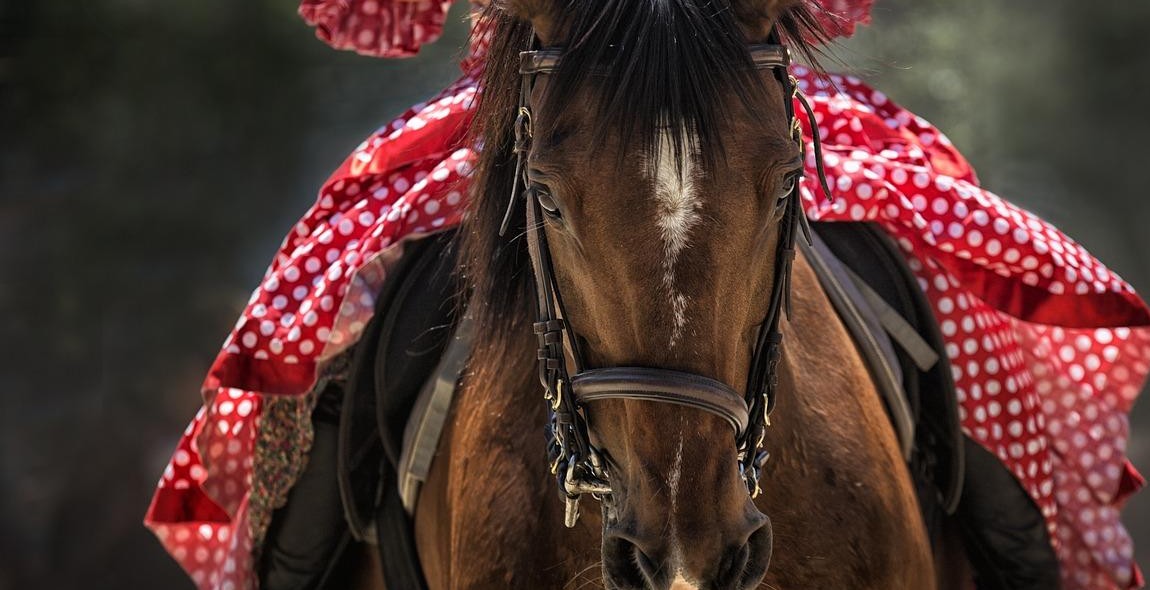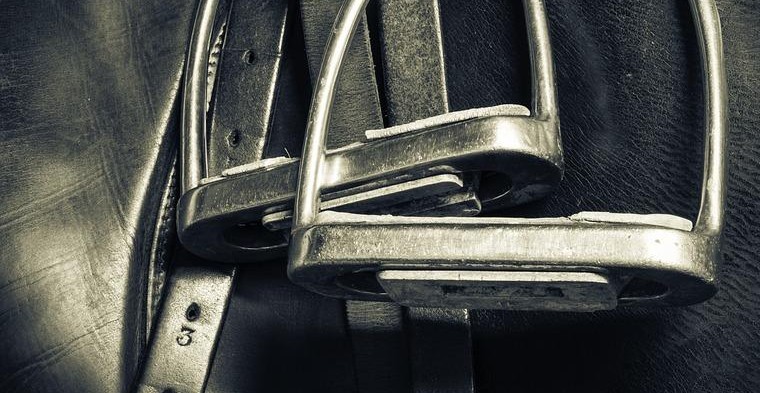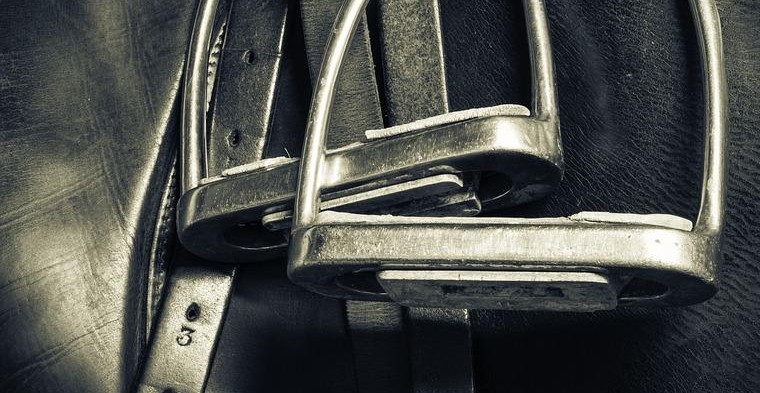How to Choose the Right Horseback Riding Equipment: Saddles, Bridles, and Stirrups
As an experienced horseback rider, I know firsthand the importance of having the right equipment. Saddles, bridles, and stirrups are essential pieces of horse riding gear that can greatly impact your riding experience. Choosing the right equipment can be overwhelming, especially if you’re a beginner. In this article, I’ll guide you through the process of selecting the best saddles, bridles, and stirrups for your needs.
Why is Choosing the Right Horse Riding Equipment Important?
Choosing the right horseback riding equipment is essential for several reasons. Firstly, it ensures the safety and comfort of both the rider and the horse. Secondly, using the right equipment can improve your riding technique and performance. Lastly, investing in quality equipment can save you money in the long run by reducing the need for frequent replacements.
Factors to Consider When Choosing Saddles, Bridles, and Stirrups
When selecting saddles, bridles, and stirrups, there are several factors to consider. These include:
By taking these factors into account, you can choose the best equipment for your needs and preferences.

Saddles: The Most Important Horseback Riding Equipment
When it comes to horseback riding equipment, the saddle is arguably the most important piece of equipment for both rider and horse. A saddle provides the rider with a secure seat and helps distribute their weight evenly across the horse’s back.
Types of Saddles
There are several types of saddles available on the market, each with its own unique features.
- Western Saddles: These saddles are commonly used in western riding and are known for their large size and heavy weight. They have a deep seat and high cantle, making them ideal for long rides and working with cattle.
- English Saddles: These saddles are commonly used in English riding and are known for their lightweight design. They have a flatter seat and lower cantle, making them ideal for jumping and dressage.
- Endurance Saddles: These saddles are designed for long-distance riding and are a hybrid between western and English saddles. They have a deep seat and high cantle, but are also lightweight and have a streamlined design.
Saddle Fit
It’s important to ensure that your saddle fits your horse properly to prevent discomfort and injury. A poorly fitting saddle can cause soreness, chafing, and even back pain for your horse.
To determine if your saddle fits properly, check the following:
- The saddle should sit evenly on your horse’s back without any gaps or pressure points.
- The girth should be snug but not too tight, allowing for a few fingers to fit between the girth and your horse’s belly.
- The saddle should not slide or shift during riding.
Materials Used in Saddles
Saddles can be made from a variety of materials, including leather, synthetic materials, and even wool.
Leather saddles are the most traditional and are known for their durability and comfort. They require regular maintenance to keep them in good condition.
Synthetic saddles are lightweight and easy to care for, making them a popular choice for beginner riders. They are also generally less expensive than leather saddles.
Wool saddles are a newer option and are known for their ability to mold to your horse’s shape, providing a custom fit. They are also breathable and lightweight.
| Material | Pros | Cons |
|---|---|---|
| Leather | Durable, comfortable | Requires regular maintenance |
| Synthetic | Lightweight, easy to care for, less expensive | Less durable, may not last as long as leather |
| Wool | Custom fit, breathable, lightweight | Not as traditional, may not be as durable as leather |
No matter what type of saddle you choose, make sure it fits your horse properly and provides you with a secure and comfortable seat.

Bridles
When it comes to horseback riding, bridles are essential pieces of equipment that help you communicate with your horse while riding. A bridle is a headgear that consists of a headstall, reins, and a bit. It is used to control and direct the horse’s movements while riding.
Types of Bridles
There are several types of bridles available, each with its own unique design and purpose. Here are some of the most common types of bridles:
- Snaffle Bridle: This is the most common type of bridle and is used in almost all riding disciplines. It has a simple design and consists of a headstall, reins, and a bit that works on direct pressure.
- Double Bridle: This bridle has two bits and is used in advanced dressage and other high-level riding disciplines. It requires a skilled rider to use it properly.
- Western Bridle: This type of bridle is commonly used in western riding and has a unique design that includes a browband, reins, and a curb bit.
- Bitless Bridle: This type of bridle does not have a bit and is used for horses that have sensitive mouths or do not respond well to bits.
Bridle Fit
It is important to make sure that your bridle fits your horse properly for maximum comfort and effectiveness. A poorly fitting bridle can cause discomfort and pain for the horse, as well as make it difficult to control. Here are some tips for fitting a bridle:
- The headstall should fit snugly around the horse’s head without being too tight or too loose.
- The bit should sit comfortably in the horse’s mouth without causing any pain or discomfort.
- The reins should be the right length for your riding style and discipline.
- Check the fit regularly and make adjustments as needed.
Materials Used in Bridles
Bridles can be made from a variety of materials, each with its own advantages and disadvantages. Here are some of the most common materials used in bridles:
| Material | Advantages | Disadvantages |
|---|---|---|
| Leather | Durable, comfortable, and traditional | Can be expensive and requires regular maintenance |
| Synthetic | Affordable, easy to clean, and lightweight | Not as durable as leather and can look less traditional |
| Rope | Lightweight and flexible | Can be difficult to adjust and may not be suitable for all riding styles |
When choosing a bridle, consider your riding style, your horse’s needs, and your personal preferences. With the right bridle and proper fit, you and your horse can enjoy a comfortable and successful ride.

Stirrups
Stirrups are an essential component of horseback riding equipment. They provide the rider with a secure and stable base to balance themselves on the horse. There are different types of stirrups available, and each type has its own unique features and benefits.
Types of Stirrups
The most common types of stirrups include:
- Traditional Stirrups: These stirrups are made of metal, and they have a basic design. They are widely used in horseback riding and are suitable for beginners.
- Offset Stirrups: These stirrups have a slight bend in the design, allowing the rider’s foot to sit in a more natural position. They are ideal for riders who have knee or ankle problems.
- Wide Track Stirrups: These stirrups have a wider base, providing more support and stability for the rider. They are commonly used in western riding.
- Flexible Stirrups: These stirrups are designed to absorb shock and reduce pressure on the rider’s joints. They are ideal for riders who experience discomfort or pain in their knees or ankles.
Stirrup Fit
It is essential to ensure that the stirrups fit properly to prevent any accidents or injuries. The stirrup should be the right size for the rider’s foot, allowing them to put their entire foot into the stirrup without it slipping out. The stirrup should also be adjusted to the correct length, allowing the rider’s knee to bend slightly when their foot is in the stirrup.
Materials Used in Stirrups
Stirrups are made from various materials, including:
| Material | Description |
|---|---|
| Metal | Metal stirrups are durable and long-lasting. They are commonly used in traditional stirrups. |
| Wood | Wooden stirrups are lightweight and comfortable for the rider. They are commonly used in western riding. |
| Plastic | Plastic stirrups are affordable and easy to clean. They are commonly used in beginner riding equipment. |
| Composite | Composite stirrups are made from a combination of materials, providing a lightweight and durable option for riders. |
Choosing the right type of stirrup and ensuring that it fits correctly is essential for a safe and comfortable riding experience. Consider your riding style, preferences, and any physical limitations when selecting the right stirrup for you and your horse.

Conclusion
Choosing the right horseback riding equipment is essential for both the rider and the horse’s comfort and safety. Saddles, bridles, and stirrups are all critical components of horseback riding equipment that must be selected carefully.
In conclusion, when choosing a saddle, consider the type of riding you will be doing, the shape of the horse’s back, and your riding experience. Make sure the saddle fits both you and the horse properly, and don’t forget to check for quality and durability.
When selecting a bridle, consider the horse’s mouth shape and sensitivity, the type of riding you will be doing, and the level of control you need. Pay attention to the bridle’s fit, quality, and material.
Finally, when choosing stirrups, consider your riding experience, the type of riding you will be doing, and the stirrup’s size and material. Ensure that the stirrups are properly adjusted to your leg length and provide adequate support.
By carefully selecting and maintaining your horseback riding equipment, you can ensure your safety and comfort while riding. Remember to invest in high-quality equipment and to seek out professional advice if you are unsure about which equipment to choose.
